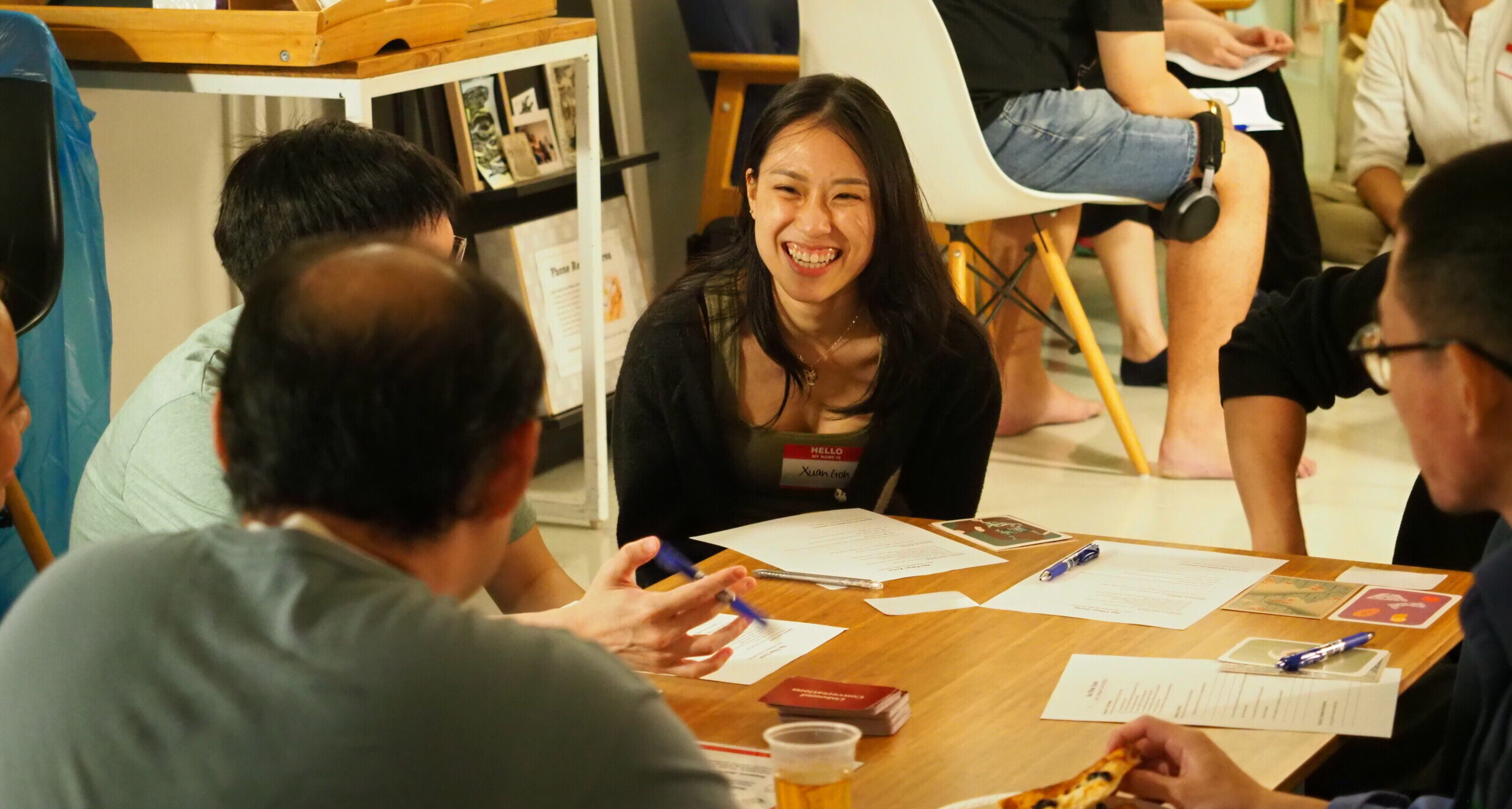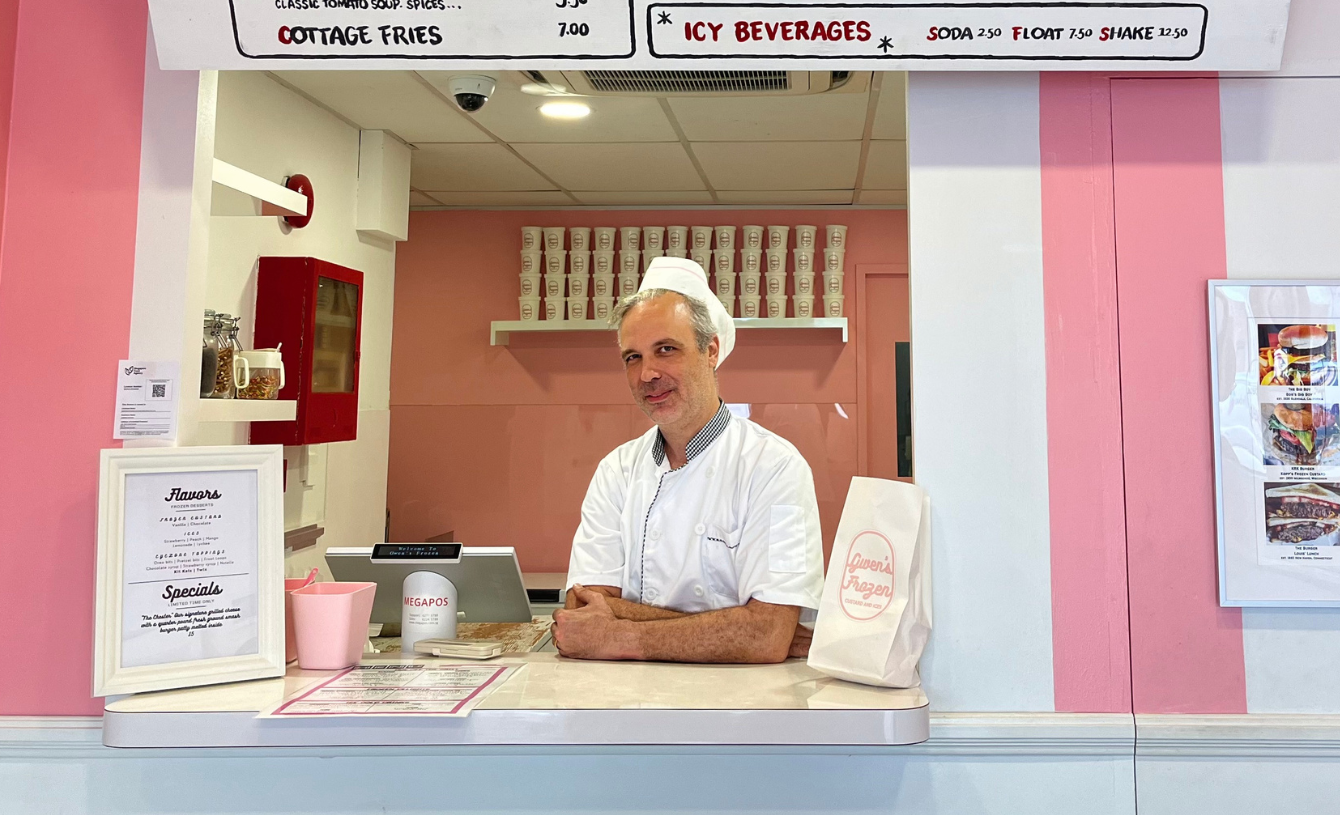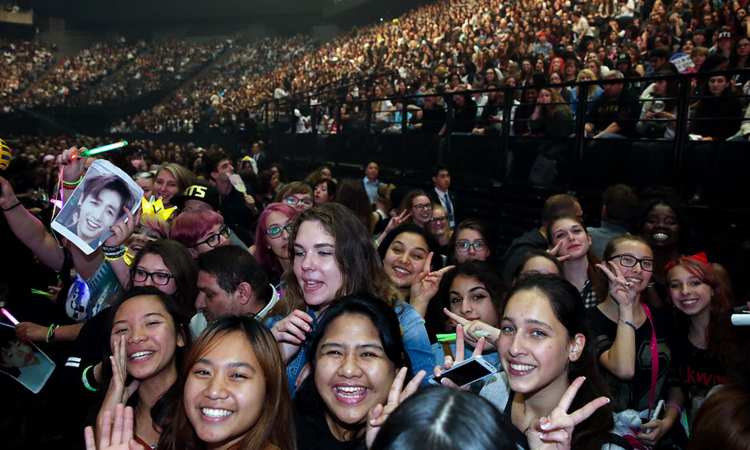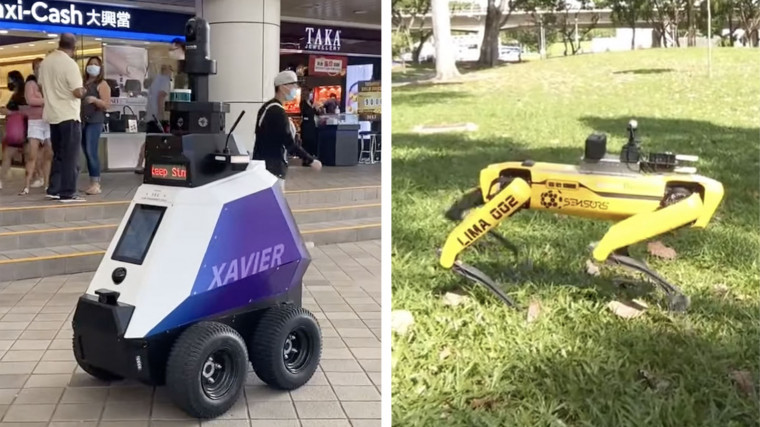|
Audio Version Available
|
Last year, Singapore made international headlines unveiling Spot the robotic dog, who patrolled Bishan-Ang Mo Kio park, reminding park-goers to practise safe distancing.
Fast forward a year, and we now have Xavier, a four-wheeled robot designed to detect “undesirable social behaviours” – a category that includes smoking in prohibited areas, illegal hawking, improperly parked bicycles, personal mobility devices (PMDs) and motorcycles on footpaths and people gathering in groups of more than five.
Unlike Spot, Xavier is somewhat more imposing, lumbering around at 5kmh with its cameras capturing 360-degree images.
When such behaviours are displayed, Xavier displays the appropriate warnings to the offender and sends real-time alerts to a human controller, who can activate any necessary additional resources.
Some joke that these robots in our urban environment are simply the first step towards a dystopian Terminator-esque future, where drones threatening penalties replace gentle reminders driven by moral suasion to be considerate.
The actual experience with Xavier is probably far more mundane.
Yet this reality raises two questions: Why do we need to be “policed” to behave in a socially responsible manner, and do we really need robots to do that?
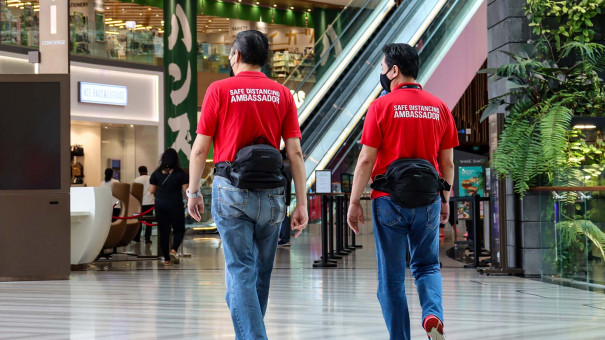
It is discouraging if such moves suggest Singaporeans are now less civic-minded, even after years of campaigns to be courteous, save water, refrain from littering and more.
Just think about it: Are there jobs like Tray Return Ambassadors anywhere else in the world?
It has been more than a year and a half after safe distancing was introduced to fight COVID-19. Yet we still need constant reminding to stand 1m apart. Are Singaporeans just getting more apathetic, so used to being told what to do that they tune out until alerted in person? And to the point that we’ve outsourced our nagging to robots for greater efficiency?
Robots can nudge us but not change our attitudes
Robots have been replacing humans for years and this is little different in a way.
From the assembly line to automated phone services and robo-investors, the employment of technology to enhance and replace certain jobs, including repetitive, energy sapping, menial functions, frees up human operators for higher value work and is to be welcomed.

But even the most advanced technology has limitations. Xavier can take your picture and flash messages at you, but it is your reaction that determines how effective the robot is.
Similarly, it is the human operator who makes sense of the data it gathers to decide, in this case, if physical enforcement efforts must be stepped up.
In fact, these robots are probably more akin to a new generation of mobile CCTV cameras with better video surveillance capabilities.
Deploying technology for the greater good
Still, the appearance of robots to carry out public education campaigns suggests we have become more comfortable in using technology to shape society, which is not bad news.
Xavier and Spot are not likely to become robotic overlords but there’s little doubt our society has been transformed by fundamental shifts in how digital data is gathered, analysed, shared and stored.
Security cameras are already playing a key role in the drive towards smarter cities and the burgeoning industrial Internet of Things in Singapore. Deep learning and Artificial Intelligence (AI) are becoming more prevalent, and data gathered can allow us to make predictions based on integrated analytical software.

Many families also have smart homes, powered by wireless devices and doorbell cameras.
Our focus on deploying technology for the greater good is clear. When the National University of Singapore launched the Centre for Technology, Robotics, Artificial Intelligence and the Law in 2019. Edwin Tong, then Senior Minister of State for Law and Health, urged its researchers to engage the Government and the public to improve lives and benefit society.
Indeed, the larger question is how authorities will review whether the use of Xavier and Spot have tackled inconsiderate behaviours for the better and pushed Singapore to become a more gracious society.
Singapore’s capacity for civic virtue
Ultimately, these robots are reminders for us to be dutiful and obey the law. We should aim for civic virtue – to do the right thing without being compelled simply because it is the right thing to do.
But having robots to nag at us should not be an indictment of Singapore’s social graces. We have shown that we are capable of doing the right thing, with or without the law.
Today, we tend to wait at the side of the MRT platform doors for other commuters to alight first, with the queue markings as a prompt. There was a time when it was almost impossible to exit quickly because passengers would try boarding the moment the doors opened.
If we need a gentle reminder (robotic or otherwise) to do the right thing, that’s probably more a reflection of the rules and norms in Singapore that encourage responsible behaviours.
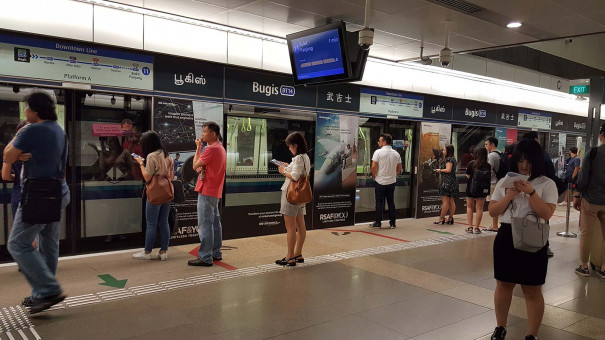
Growing up, the smartly uniformed traffic police officer in white astride his powerful motorbike never failed to capture my attention.
He was the iconic law enforcer on the road. His ubiquitous presence was a deterrent. And we trusted him to do his job to protect us from reckless driving and other malfeasances.
Today, as drivers, we automatically check our speed whenever we see a Traffic Police patrol vehicle near us. As shoppers, we naturally space out from other groups of people when we see a Safe Distancing Ambassador looming.
Times have changed, tools have changed, but our duties to society (and our personal civic virtues) should remain the same.
That said, some interactions may do better with a human touch. A friendly gesture from a passer-by to put on a mask might be more effective than an automated message on loop.
This story first appeared in CNA.
If you like what you read, follow us on Twitter and Google News to get the latest updates.
Other stories you might like


